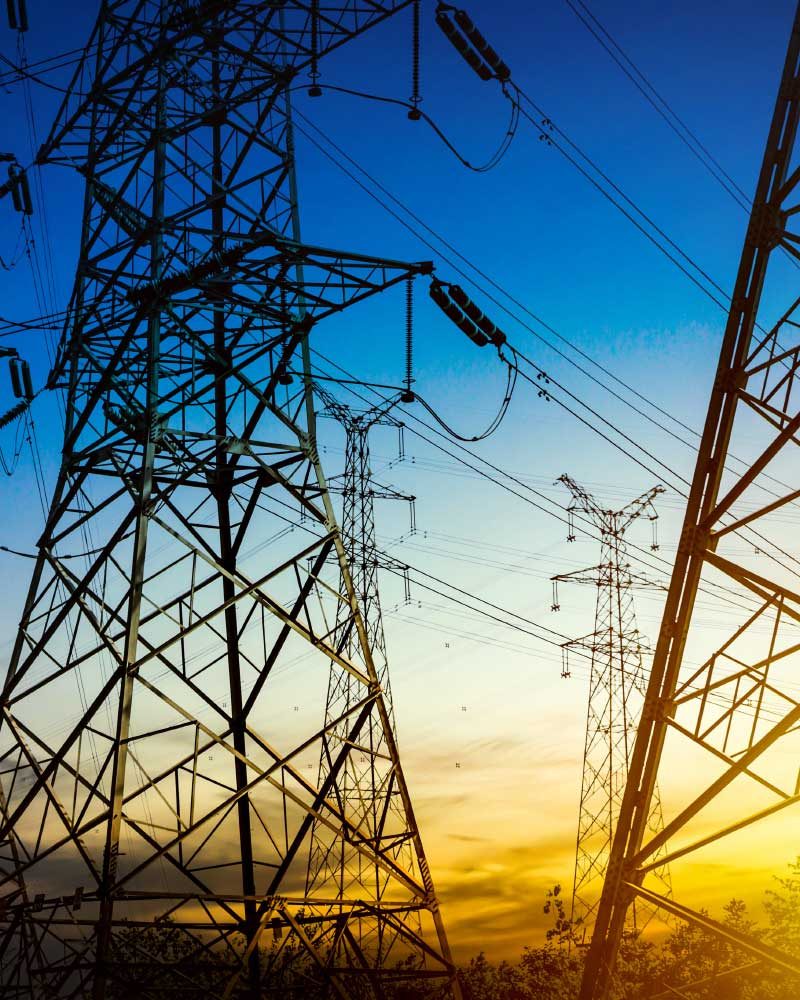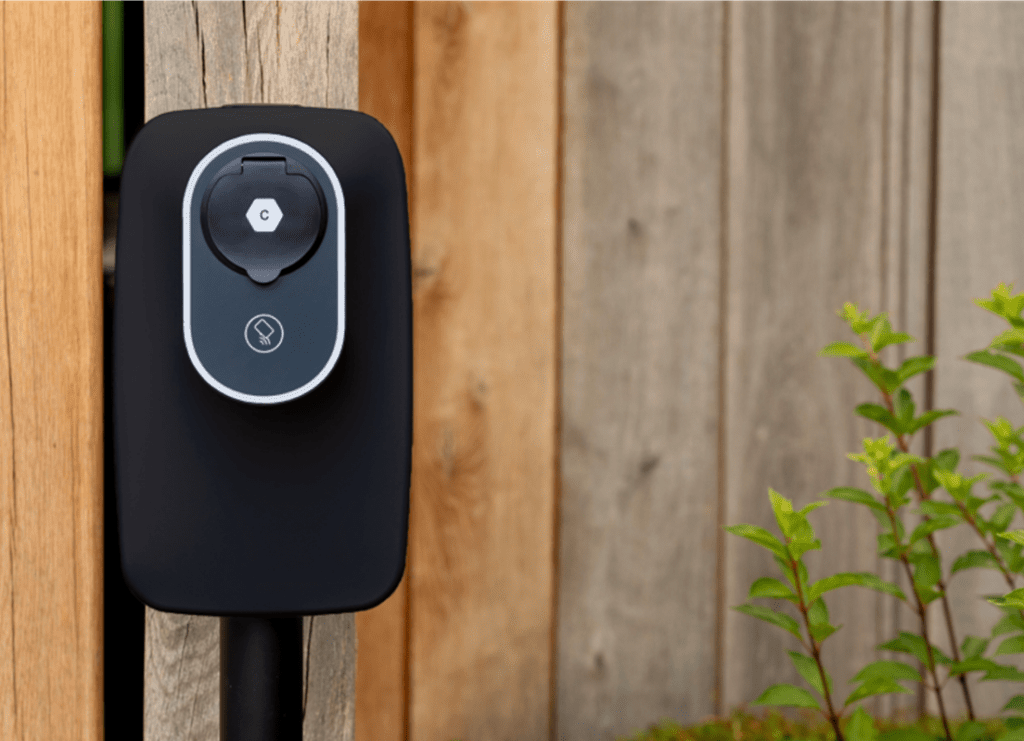This website uses cookies so that we can provide you with the best user experience possible. Cookie information is stored in your browser and performs functions such as recognising you when you return to our website and helping our team to understand which sections of the website you find most interesting and useful.

A brief introduction
The global shift towards renewable energy sources presents new challenges for maintaining grid stability. As wind and solar energy become more prevalent, the intermittency of these sources can lead to fluctuations in energy supply.
Vehicle-to-Grid (V2G) technology, particularly on Alternating Current (AC), offers a crucial solution to these challenges.
In Europe, where the grid infrastructure is predominantly AC, V2G is uniquely positioned to help balance supply and demand in real time. This existing AC grid allows for efficient integration of V2G, enabling electric vehicles (EVs) to act as mobile energy storage units. These vehicles can discharge energy back into the grid during peak demand or when renewable energy generation is insufficient, helping to stabilize the grid.
Europe’s standardized AC grid not only facilitates cross-border electricity trading but also enables V2G technology to regulate grid frequency and address fluctuations, supporting the growing reliance on renewable energy.
1. How V2G on AC works
V2G technology enables electric vehicles (EVs) to exchange energy with the grid. When connected to a bidirectional AC charger, EVs can both charge their batteries from the grid and discharge stored energy back to it when necessary. This is particularly effective because most residential and commercial grids already operate on AC, allowing for smoother integration without the need for complex conversion technologies.
For V2G to function effectively on AC, three key components must work together to enable the bidirectional flow of energy between EVs and the grid:
- Bidirectional AC chargers: These chargers manage the flow of energy in both directions, allowing EVs to charge from the grid and discharge energy back into the grid when needed.
- V2G-enabled EVs: The electric vehicle itself must be equipped with V2G capability, meaning it has the necessary hardware and software to support bidirectional energy flow between the vehicle and the grid.
- Smart meters and grid management systems: These systems monitor energy demand and control the timing of energy discharge from EVs, ensuring energy is released when required to maintain grid stability.
2. The role of V2G in grid stabilization
As renewable energy sources like wind and solar grow, they introduce variability due to their intermittent nature. V2G on AC can help stabilize the grid by:
- Peak Load Management: During high-demand periods, EVs can discharge stored energy, reducing the strain on traditional power plants.
- Frequency Regulation: By quickly feeding energy back into the grid, EVs can assist in balancing supply and demand, maintaining grid frequency.
- Renewable Energy Support: EV’s can store surplus renewable energy during off-peak times and return it when renewables are less productive (e.g. at night for solar).


3. The benefits of AC-based V2G
Ease of Integration
Most homes and commercial buildings use AC, making it easier to implement V2G without additional infrastructure.
Scalability
With millions of EVs projected to be on the road, V2G offers massive potential for decentralized energy storage and distribution, helping grids to become more resilient.
Cost Savings
V2G allows utilities to avoid costly infrastructure upgrades by using existing EV batteries as grid assets.
4. V2G implementations in the UK
Case study
In the UK, Enovates has already achieved certification for V2G integration with major car OEMs, and the technology is contributing to grid stabilization under the UK’s stringent grid codes G98/99.
The success of V2G in the UK highlights its potential to scale globally, and efforts are underway to expand certifications to other countries.

Conclusion
V2G on AC is not just a distant concept for the future; it is already showing promise with real-world applications, such as those demonstrated by technology companies like Enovates in collaboration with leading Car OEMs. While the technical feasibility of V2G has been proven, there are still crucial steps needed to fully integrate it into the market, including
widespread adoption, standardization, and regulatory support.
One key aspect of this standardization is the ISO 15118 protocol, which defines the communication interface between EVs and charging stations. This protocol is essential for enabling efficient
V2G interactions and ensuring compatibility across different systems.

